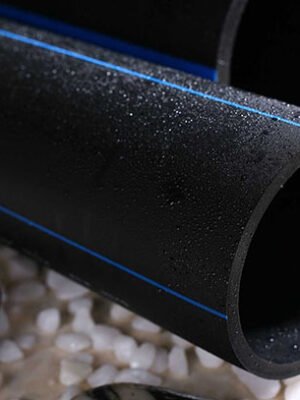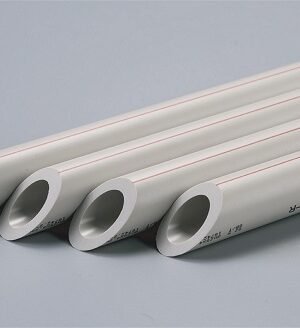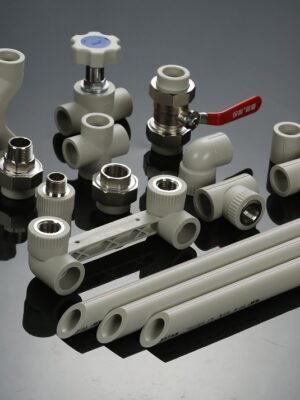Siphonic Rainwater Drainage System
Siphone Drainage System
Siphonage is a kind of natural phenomenon; we can use high pressure to get siphonage from potential energy to kinetic energy. Siphon drainage is using above theory to achieve efficient drainage.
Features
1. More efficient drainage
2. Using smaller pipes to reduce the dosage of it
3. All pipes are installed inside the buildings
4. Pipes are installed horizontally, no slope
5. Without or reduce much work for ground excavation
6. Less material
7. Reduce quantity of stand pipes and using smaller-size pipes
8. From design to installation, it’s simpler and effective
9. Wildly used for various USES of buildings
Traditional vs Siphonic System
Gravity Drainage
- Do not do hydraulic calculation for drainage system. Under the action of gravity, rainwater drain naturally.
- Rainwater’s state before into drainage system.

- Typically only 30% of the pipework is filled with water, 70% is air.
Siphonic Drainage
- Do hydraulic calculation for drainage system. By system design to realize the drainage with pressure.
- Rainwater’s state before into drainage system.

- In a primed and working siphonic system, 100% of the pipe is filled with water.
Why Choose Siphonic Rainwater Drainage System
Economical
When compared to conventional system, HOPE LOOK siphonic system requires a lesser number of roof outlets and allows a substantial reduction in pipe diameters, in the number of fittings required and the number of downpipes, savings of up to 80% on vertical pipes and from 20% to 30% across the entire system.
Lower Groundwork Costs
Less underground pipework.
Space Saving
The roof outlets are connected to single horizontal collector pipes that are fitted without fall and the downpipes are positioned anywhere along the building perimeter thus avoiding interference.
Low Maintenance Requirements
High flow velocities create a self-cleaning environment that minimizes system maintenance requirements.
Eco Sustainability
The ease in directing the pipes to storage tanks makes the collection of rainwater easier for reuse in irrigation systems, fire ponds and tanks for non-potable uses in general.
Savings in Time and Labour
Construction programs are accelerated due to reduced installation time and less groundwork is required due to the reduced number of embedded pipes.
Increased Design Flexibility
Complete control over downpipe location and absence of embedded pipes gives increased design flexibility of the siphonic system.






